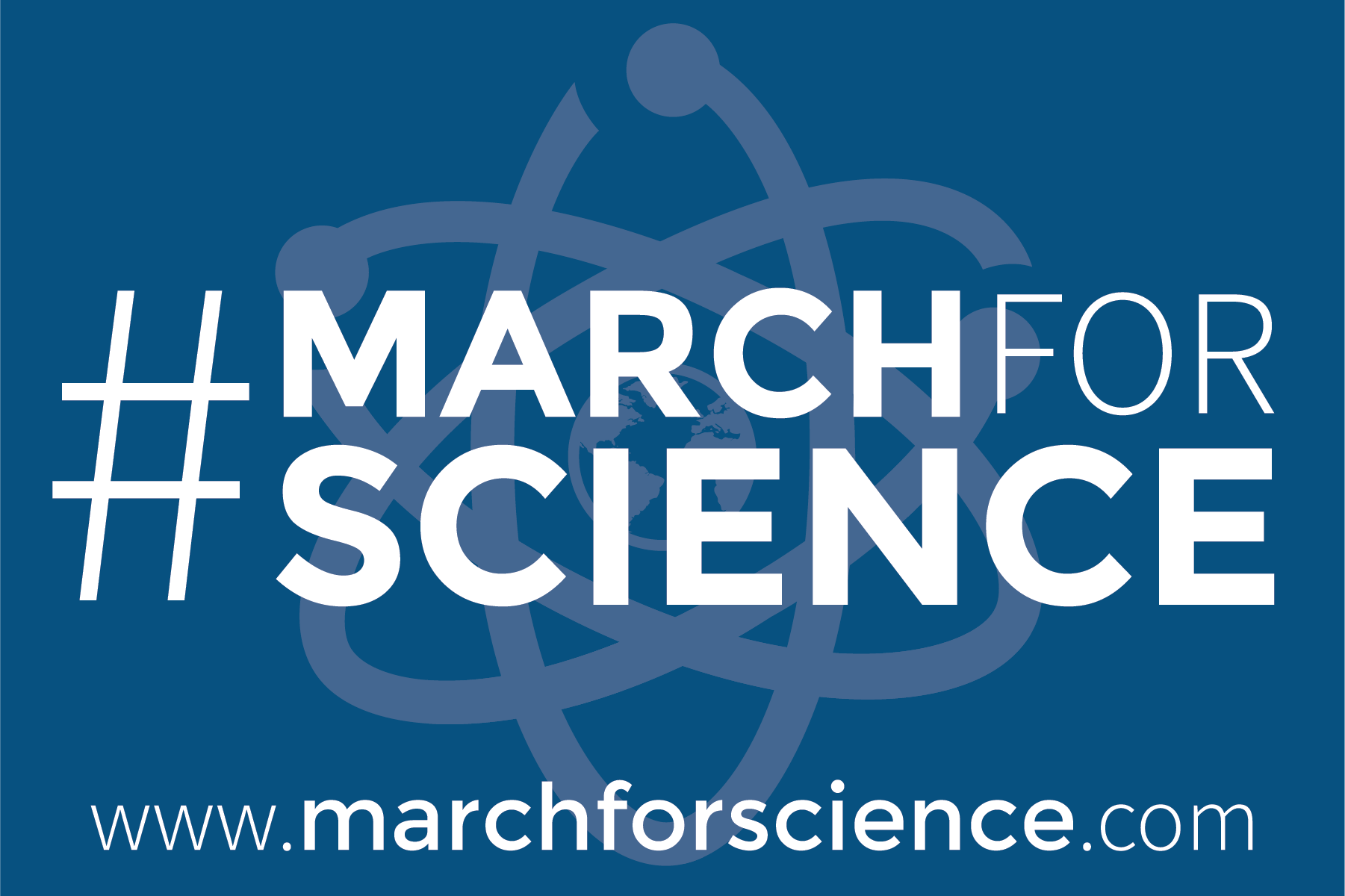 ECS is proud to partner with the March for Science, a global event with almost 400 satellite marches taking place on April 22.
ECS is proud to partner with the March for Science, a global event with almost 400 satellite marches taking place on April 22.
ECS has fully endorsed the March’s non-partisan, educational, and diversity goals and encourages its members to adhere to these values as they get involved in one of the numerous marches taking place throughout the world. You can help represent ECS at your march by using our #FreetheScience graphic on your signs.
And before you take to the streets on Earth Day, check out a few essential reads on the origins of the march and what those taking part hope to accomplish.
From the lab to the streets
Mother Jones sits down with the organizers of the march and look at the reasons behind the mobilization efforts, including pulling scientific funding, budgets cuts to science agencies, downsizing or outright eliminating science advisors in government, and roll backs of agency work based on public health research.
The organizers discuss their goals of championing more public engagement, evidence-based policies, and general science advocacy while balancing the over politicization of the field.
“I would actually argue that science is political,” Valorie Aquino, co-organizer of the march, tells Mother Jones. “Scientific integrity goes beyond one person eroding it. It hits across both sides of the aisle and people who aren’t necessarily affiliated with a political party at all.”
Nonpartisan advocacy
Emily Vraga, assistant professor of political communication at George Mason University, penned an article for The Conversation analyzing scientists’ involvement in public policy, noting both the expertise that the scientific community can bring to the table as well as the need for nonpartisan advocacy in order to keep the public’s trust.
A goal of the March for Science is to demonstrate that science is a nonpartisan issue. It represents a unique opportunity for scientists to highlight the ways in which science improves our society. Scientists participating in the march should emphasize shared values with those who might otherwise disagree – such as the desire to create a better world for our children and grandchildren.
Saving lives with science
The Washington Post’s editorial looks at how science has impacted lives, including the study of Ebola that once killed 11,000 people as it spread through West Africa. The author links the power of empirical discovery to the core goals of the March for Science.
As the Ebola research shows, the simple reality is that robustly funding basic science will save lives. That ought to be the basis for bipartisan agreement.
Beyond the march
An article from the New York Times addresses the challenge of channeling the energy created via the March for Science into a longer lasting movement.
“I see the Science March as a coming-out party for scientists who have always been careful about getting involved in political advocacy and activism,” Lucky Tran, member of the march’s steering committee, told the New York Times. “I don’t think we should see this as a one-off event.”

